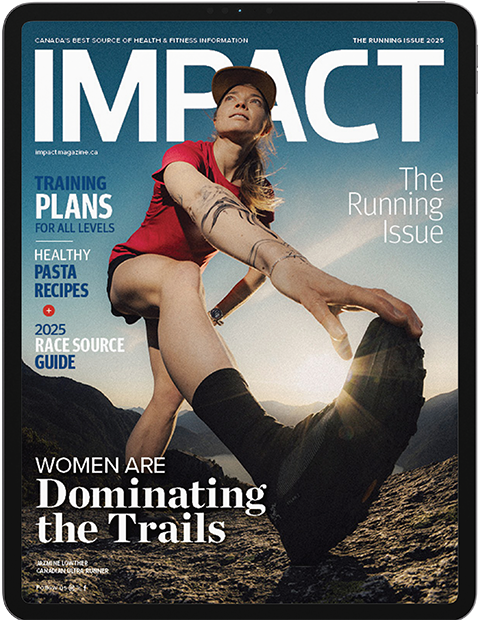This is a marathon-training plan for the intermediate runner who has run several 10-kilometre races or half-marathons and is looking to either race their first marathon or improve their current marathon time.
You should have some experience training for distance races, be running at least four days a week, and be comfortable running 10 kilometres in one run. This plan has two rest days a week to help you absorb the training performed throughout the week. Recovery is just as important as training, so make sure you use these days to rest so you can get the most out of your training.
No one workout or run is more important than the other. Listen to your body and try to stay as consistent as possible. Consistent hard work combined with smart training leads to breakthroughs.
Here’s a definition of some of the terms
Easy Runs: These runs fill the majority of your mileage within the week and should be done at a conversational pace (anywhere from 30 to 90 seconds slower than marathon pace). Take these runs easy so that you have plenty of energy to run hard on your workout days.
Workouts: These are your hardest effort of the week. Make sure you warm-up and cool down properly so your body is ready for the hard work it’s about to go through. These workouts work on several different muscular and cardiovascular adaptations; we want to get as many of these done as possible, so don’t leave everything out there on one workout so that you can’t do anymore the following week. Consistency is key for the marathon.
Long Runs: These should be done with the same effort as your easy runs (unless you’re doing our optional marathon pace efforts in your long run). As these increase, try practicing taking in carbs while running like you will during your marathon. A good place to start is taking in one gel every 45 minutes.
Rest Day: Rest is just as important as the training. This is when your body regenerates and adapts to the training you’ve been doing. Make sure you use these days to relax so you can prepare for the training to come. Some good recovery practices include sleeping in/going to bed early (this is when your body does most of its healing), eating well and plenty (food is fuel), putting your feet up/relaxing.
MP: Marathon pace. This is the pace at which you want to run your marathon, adjusting as needed for external factors such as weather or terrain.
Strides: These are 80 per cent sprint efforts that go for about 80 metres. Slowly progress up to speed, hold for 20 metres, then progress back down. These should feel fast but relaxed. Don’t strain on these; practice good form throughout the stride.
Optional Long-run Workouts: Throughout the training plan, on some long runs, there are optional workouts you can do. This is only if you’re feeling strong and are looking for something more. Consistency is key, so make sure that if you are doing these, you aren’t taking away from the next week’s training or workouts.
Threshold: Threshold is roughly the pace you could hold for an hour. During training, a good way to tell you’re at the right pace is to use the “talk test.” You should be able to say short sentences but unable to hold a conversation. When finishing, you should feel like you could have done more if needed but are happy to be done.
42.2 km Marathon Training Program
Photography: Pam Doyle
You may also like: Health Risks to Consider Before Your First Marathon

Read This Story in Our 2025 Running Issue
IMPACT Magazine Running Issue 2025 featuring some incredible Canadian women ultrarunners who are on the rise on the world trail stage. Run your way around the world to earn your six star Abbott World Marathon Majors commemorative medal. Train for 10 km right up to a marathon – plus a 50 km trail run and 70.3 program. Strength workouts for runners, carb load with these pasta recipes and so much more.

















